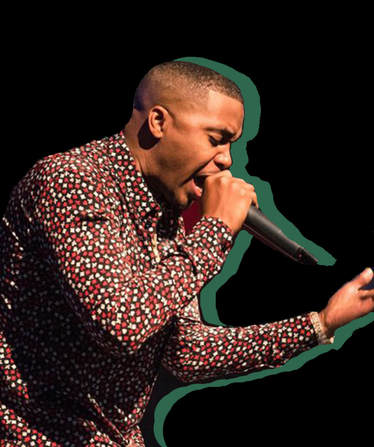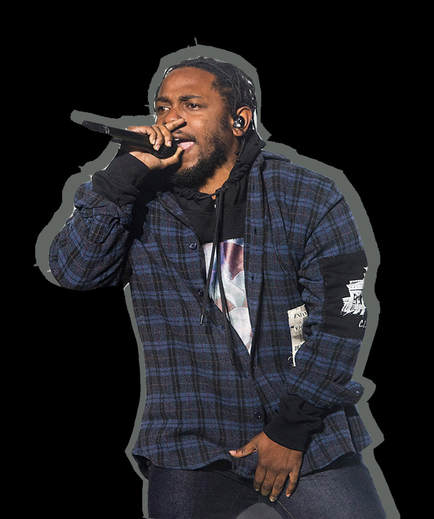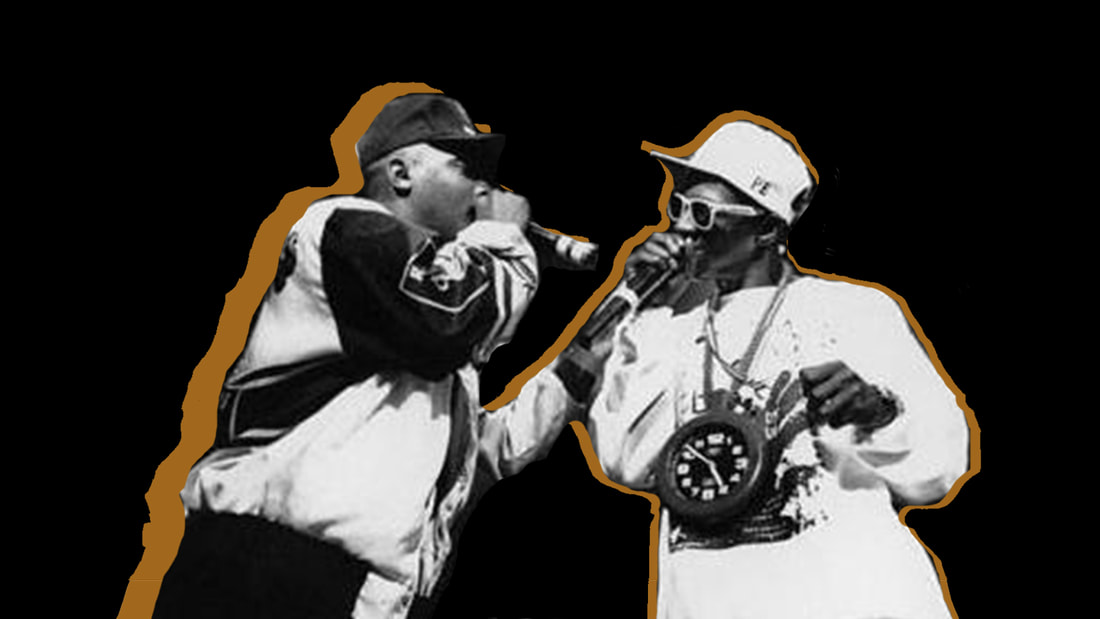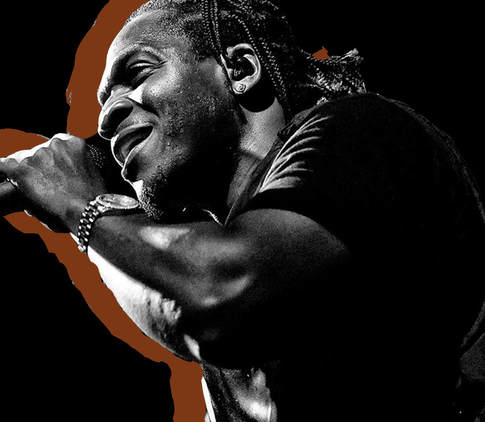|
In recent years, as corporate America’s infatuation with rap has grown, Hip-hop’s popularity has increased. Today, rap music has arguably become the most popular music genre in the world. Nevertheless, rap and hip-hop culture remains commonly misunderstood by mainstream media and has been commodified by wealthy record companies.
In a recently developing trend, modern hip-hop artists are being rewarded by large record companies for their alignment with common negative stereotypes about African-Americans. Time and time again, record labels create caricatures out of hip-hop artists and force them to conform to the stereotypical image of the “thug” because it is believed to be a profitable image for ethnic minorities to uphold. |
|
As an indicator of accepted popular music, the Grammy’s have repeatedly demonstrated that popular acceptance of hip-hop is dependent upon adherence or ambiguity towards “whiteness” or the exaggerated stereotype of the “gangsta,” with little room in between. In other words, white rappers tend to be viewed as commercially viable regardless of the content of their music. On the other hand, African-American rappers typically only reach commercial success if they fit the “mold”-- that is, if they limit their content to money, crime and sex, opening themselves up to character attacks from mainstream media sources. |
Many modern hip-hop artists call themselves new age rockstars. Surely, this comparison is not far-fetched: their expensive, on-the-road lifestyles share many similarities. It is crucial to note, however, that white dominated genres of music-- rock n roll and punk, for instance-- have always received significantly more critical acclaim than rap music despite perpetuating many of the negative norms and values that hip-hop is criticized for.
Sexism, drug culture, violence and toxic masculinity are concepts consistently associated with hip-hop despite their pervasive presence in genres dominated by white people. It is clear that when white men speak about their experiences with drugs, sex and crime, it is viewed as youthful debauchery. When African-Americans (and other minorities) do the same, they are viewed as hardened criminals and menaces to society.
Like other types of music, rap is an evolution of various previous art forms (jazz, disco, funk, blues) and contains many subgenres. It must be acknowledged as an important and complex piece of American art and culture, instead of shunned as merely a “ghetto” genre.
Maintaining the roots of hip-hop requires shifting the image of hip-hop artists from a monolithic caricature of hood culture to a complex art form that allows minority communities to publicly express their commonly overlooked perspectives.
Sexism, drug culture, violence and toxic masculinity are concepts consistently associated with hip-hop despite their pervasive presence in genres dominated by white people. It is clear that when white men speak about their experiences with drugs, sex and crime, it is viewed as youthful debauchery. When African-Americans (and other minorities) do the same, they are viewed as hardened criminals and menaces to society.
Like other types of music, rap is an evolution of various previous art forms (jazz, disco, funk, blues) and contains many subgenres. It must be acknowledged as an important and complex piece of American art and culture, instead of shunned as merely a “ghetto” genre.
Maintaining the roots of hip-hop requires shifting the image of hip-hop artists from a monolithic caricature of hood culture to a complex art form that allows minority communities to publicly express their commonly overlooked perspectives.
|
WE MUST DESTROY THE NOTION THAT ALL RAPPERS ARE THUGS (OR ANY ONE THING).
|
|
Though many hip-hop artists describe violence in their music, it is ignorant to believe that all rappers come from the same environment or grew up doing the same things. Jaden Smith, Kanye West, Chance the Rapper and Earl Sweatshirt are all examples of rappers with middle-class (or wealthy) upbringings that nevertheless use rap as their medium for expression.
Further, like all other humans, rappers are complex beings that grow, mature and change throughout their lives. Labeling an artist like Jay-Z a “gangsta” rapper doesn’t make sense anymore. Certainly, his earlier music spoke candidly about his experiences growing up in the slums of Brooklyn. However, his latest album shows him reflecting on his new life as a father, his shortcomings as a husband, and the diversification of his (legal) income streams. While Fox News may still consider him a “gangsta” rapper because he once sold drugs, this mindset is terribly outdated and must be challenged. |
We seek to improve the visibility of rap beyond the “gangster” stereotype and advocate for the acceptance and appreciation of its artistry.
We challenge the ignorance of mainstream and conservative media toward rap music and hip-hop culture.
We seek to reverse negative stereotypes and trends by celebrating some of the morally and politically conscious messages that hip-hop artists have consistently provided through their music.
We challenge the ignorance of mainstream and conservative media toward rap music and hip-hop culture.
We seek to reverse negative stereotypes and trends by celebrating some of the morally and politically conscious messages that hip-hop artists have consistently provided through their music.



